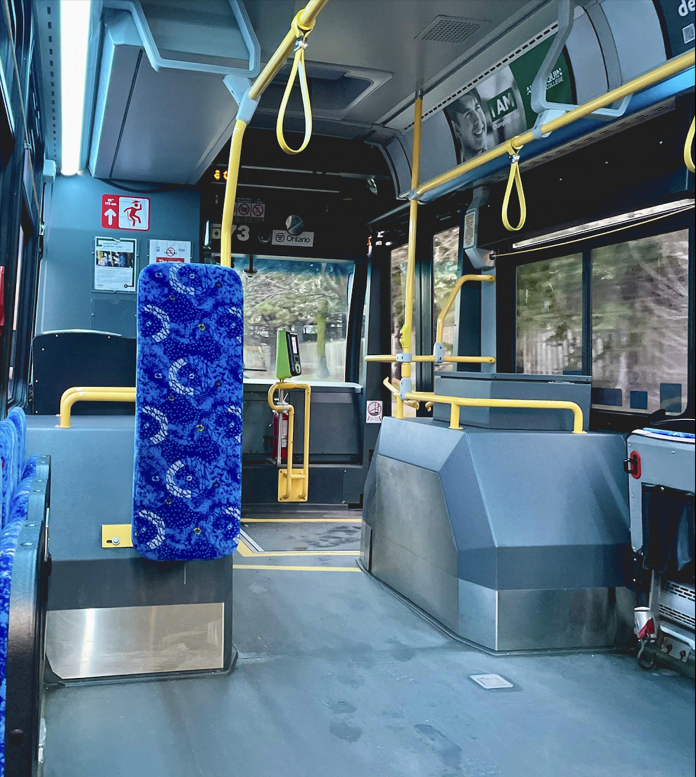Crime on Toronto’s public transit system, the Toronto Transit Commission (TTC), has been steadily increasing, causing concern among commuters who depend on the system to get around the city.
As a result, the TTC has been working with the law enforcement agencies to find new ways to ensure public safety while using the transit system. The TTC is implementing various measures to combat the uptick in violence.
According to a news release early this year from the City of Toronto, TTC employees are to receive de-escalation training and will use new schedules to ensure increased employee presence in high-traffic areas.
Despite these efforts, the rising number of violent incidents on the TTC still causes many commuters to feel uneasy about using the system.
Community members are seeking answers on why this trend is occurring and how officials can change it.
The members are attributing the recent increase in violence to several factors including the COVID-19 pandemic and homelessness in the area.
“I think the main issue, with all the craziness happening on all the buses and transit lately, is since everyone has been locked up since COVID … everyone is kind of over-stressed… everyone’s kind of going crazy, and it’s rough,” said Nate Hughes, a Durham community member.
TTC CEO Rick Leary reported in 2022 that there were 679 incidents in 2018 compared to 1,068 violent incidents in that year.
This increase in violence is also taking a toll on students who depend on the TTC to commute to school.
According to Matt Powell, a student at the University of Toronto, the situation has gotten a lot worse from the impact of COVID.
He says he feels a sense of discomfort because the level of violence has increased significantly in the Toronto area.
In spite of the barriers created by rising violence, community members say smaller actions can make a considerable difference with the issue.
“The best way to improve safety as a whole is to create more rehabilitation places for people who are struggling, [and] also creating more opportunities for people to socialize as a community, and connect people again,” Powell said.
According to Powell, dedicated efforts to help the less fortunate would decrease the levels of attacks that have resulted from homelessness or financial struggles in the area.
He says pushing those projects alongside community events in an attempt to reconnect the community after COVID could impact the levels of violence in the Toronto area as they would be relieving two of the most significant stressors the community is facing.




